The phrase “binding and loosing” was a technical term in Rabbinic Judaism for the authority of rabbis in teaching and discipline. The close connection between teaching and disciplinary authority in the terms “bind” and “loose” is found in Matthew 16:19 and 18:18. The authority to bind and loose, in the sense of teach and discipline, may be exercised by members of the Body of Christ individually and by the Body of Christ collectively. But for this to be done in unity and kingdomculturally it must be done according to the Apostolic Rule of Faith. Therefore, Basileia distinguishes between the general teaching authority of individuals and the special, collective teaching authority of the Church as exercised by Presbyters in regards to “binding and loosing,” not to set one against the other, but to properly relate them. This proper relationship is first modeled in the Liturgy, and first made visible in the second movement of the Liturgy, where the four governing offices of the Church – baptized believers, Presbyters, Deacons and Bishops – are assembled in unity, constituting the Church covenantally which authorizes all so assembled to bind and loose in the Council of the Lord. It is this covenantal type of binding and loosing in the collective context of the Church as administered by Presbyters that enables any binding and loosing that individuals may do in a private capacity to be efficacious.
Also see The Council of the Lord, and “Governing Roles of Men and Women in Basileia.”
